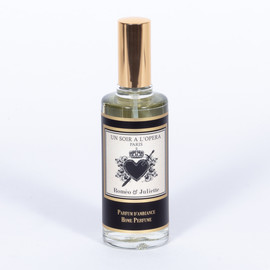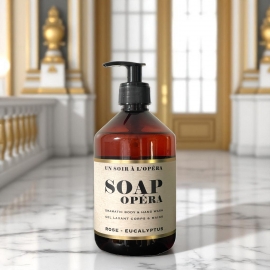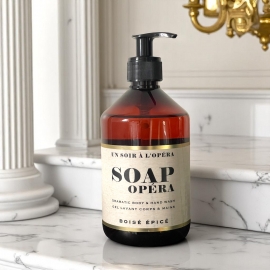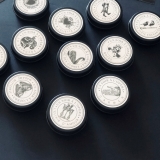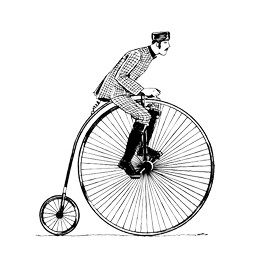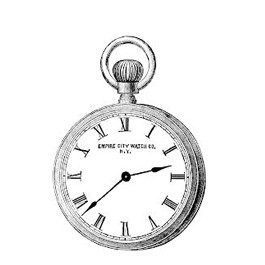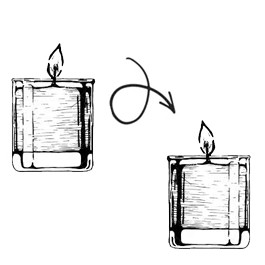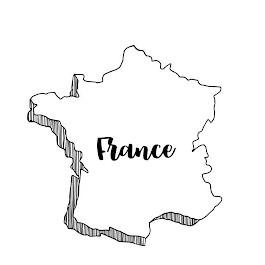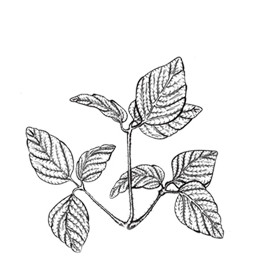Meeting the creator of the brand
Un Soir à l'Opéra ... Four little words and a whole program. When "Madame Butterfly", "Swan Lake" or "Carmen" become candles, we start wondering and want to know more about it. Who is behind this brand with a sumptuous and magical design ? Where do the fragrances of these unique creations come from? What olfactory journey do these candles invite us to? Meeting with Katia Gortchakoff, inspired designer.
- Who is behind "One evening at the Opera"?
My name is Katia Gortchakoff - I was born in Paris, Russian on my father's side and French on my mother's side. I'm self-taught, curious and passionate. I worked in advertising, publishing and web agencies, and one day I took a whole different path. That of perfumes and perfumed candles. I was at a point in my life when I wanted to give it a more artistic direction and where I refocused on the emotional moments that I had shared with my mom at the Opera. My mother was an opera singer at the Paris Opera.
- How and when was "UN SOIR A L'OPERA" born because it is a particularly original and innovative concept? Did I see that your lyric artist mother played some role in the birth of this passion?
Yes indeed. I had the chance to accompany my mom to the Paris Opera very often when I was a child and a teenager, and I have fond memories of it. These moments fed my imagination and my desire to pay homage to this universe full of magic and poetry. The Opera is a world that makes you dream, even those who have not yet dared to push the door of the theater but who know these universal works ...
- Where and how are your products made?
All our products are exclusively made in France, from the creation by the perfumer to the craftsman candle maker.
- What are your manufacturing criteria? I imagine that ecology holds an important place because as soon as we talk about candles, we immediately imagine the number of pollutants that can interfere in lower quality candles ... And you talk about an eco-friendly approach on your site responsible ?
We have indeed chosen a 100% vegetable wax. As for the alcohol that we use for the diffusers, it comes from organic beetroot.
- You have bet on a really atypical packaging combining black, gold and very classic illustrations but in an ultra modern spirit. We feel that you must be keen on decoration and art in general because your site is very aesthetic?
Thank you ! In fact, if you take a closer look the packaging is dark like the backstage where I was standing, the stage is lit up just like the edge of the gold labels and in the center stands the character of the action ... I really wanted a sober, elegant packaging that can easily find its place in any interior. The website is indeed very important and must reflect the atmosphere of the collection.
- What difficulties, if you encountered any, did you have to face to create your business?
I did not encounter any difficulty in starting the business. On the other hand, the candle is an extremely technical product that must be mastered. For this, I have several times changed shines because industrial manufacturing does not suit me. Finding a reliable partner who respects the quality of our fragrances was not easy, but we finally got there. Likewise, from the start, I wanted to work directly with perfumers. Each perfume is created according to olfactory elements that we find in the score or in the staging, each work is inspiring and it is the perfumer's talent to transcribe these elements into scent notes. It takes great sensitivity to achieve this and that is why I called on independent creative perfumers who are also the real artists of this adventure.
- Can you tell us about your brand name and logo and what they stand for?
An evening at the opera is the name that came to me spontaneously, it is the beginning of a story, a promise of happiness ...
- Which opera does your heart lean towards? Is it the same for the candle that bears his name?
Emmanuel Philip created a "Cedar and Rose" perfume for the Flute because it was carved from a sacred Cedar if you read the first version of Mozart's score correctly. This tree, a little too exotic at the time, was then replaced by the "oak".
Philippe Poissonnier created Carmen's perfume around notes of tobacco leaves, Cassie flowers and Orange trees. It's an opera that I can practically sing from start to finish, the inspiration from the tobacco leaves Carmen rolls on her thighs was obvious. Philippe Poissonnier then reread Mérimée's work to discover that the flower on Carmen's bodice is a small Cassie flower, as for the orange blossom, it perfumes the streets of Seville to the city walls.


